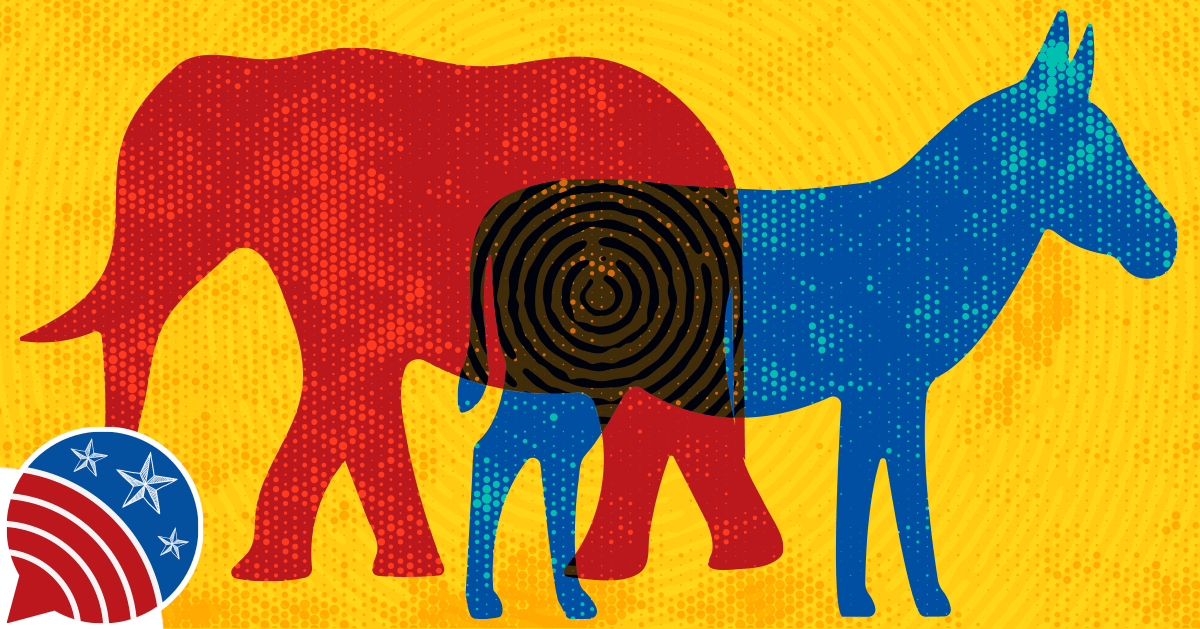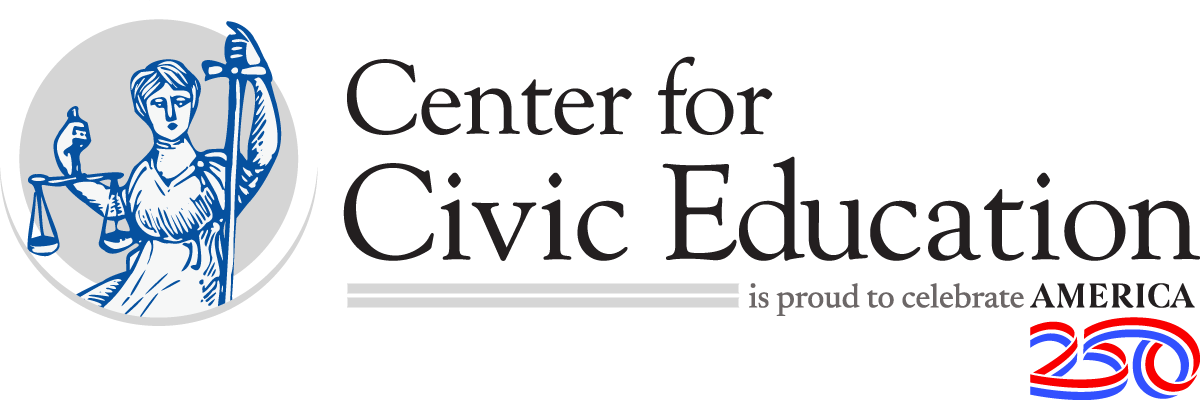
The Evolution of Political Parties
Paideia Seminar Plan
Launch Activity
- Begin by asking participants if they are familiar with the concept of factions or interest groups.
- Explain that in a democratic society, different groups with similar interests are called factions, and they can have both positive and negative impacts.
- Ask participants to name any factions they can think of (historical or contemporary) and list on board or chart paper.
- Have a brief discussion to explore their understanding and examples of factions in contemporary society.
- Discuss examples of groups they belong to, such as clubs, sports teams, or social media communities.
- Introduce Federalist 10 as an essay written by James Madison to address the issue of factions in the early United States.
Inspectional Read
Distribute the texts, Federalist 10. Discuss with participants what they anticipate the text is about. Have them number the paragraphs in the text (1-24). Then ask participants to read the text while highlighting unfamiliar words and phrases.
Background Information
Federalist 10, written by James Madison, is an important document that talks about the dangers of factions in a democratic society. It was written after the Constitution was created in an effort to persuade states to ratify the new Constitution in their state ratifying conventions. In the essay, Madison, writing as Publius, acknowledges that factions will be a part of the new government and country, but that the structure of the new government itself, a republic versus a democracy will provide solutions for controlling them.
A faction is a group of people who have similar interests and come together to promote their own interests, sometimes at the expense of the common good. Madison argued that factions are inevitable in a free society because people have different opinions and beliefs.
Madison explains that there are two ways to deal with factions. The first way is to get rid of liberty, which means taking away people's freedom to express their opinions. However, this would go against the principles of democracy and individual rights. The second way is to control the effects of factions. Madison suggests that in a large and diverse country like the United States, factions can be controlled by having a system where many different factions exist. This way, no single faction can become too powerful and dominate others.
According to Madison, a well-constructed government can help prevent the harmful effects of factions. He argues that a strong government with a system of checks and balances can protect the rights of individuals and promote the common good. By having a system where different factions have to work together and compromise, the government can prevent one faction from taking over and oppressing others. Madison believed that this system of government would help ensure the stability and success of the United States.
Vocabulary
Have participants share the words and phrases they found unfamiliar while a volunteer lists them on the (interactive) whiteboard. Be sure to include:
- checks and balances
- common good
- compromise
- declamations
- democracy
- factions
- individual rights
- liberty
- ratification
- republic
Assign the words and phrases to groups of participants to research and define. Then have the groups share out to the entire class and discuss until all participants are comfortable with the surface meaning of the text.
Analytical Read
Have participants read through the text selection again, slowly highlighting the three most impactful lines or sentences. Then in the margins of the selections, write notes on what makes those lines or sentences so compelling.
Define and State the Purpose for the Seminar
“A Paideia seminar is a collaborative, intellectual dialogue about a text, facilitated with open-ended questions.
“The main purpose of this seminar is to arrive at a fuller understanding of the textual ideas and values, of ourselves, and of each other.
Describe the Responsibilities for Facilitator and Participants
“I am primarily responsible for asking challenging, open-ended questions, and I will take a variety of notes to keep up with the talk turns and flow of ideas. I will help move the discussion along in a productive direction by asking follow-up questions based on my notes. “I am asking you to think, listen and speak candidly about your thoughts, reactions and ideas. You can help each other do this by using each other’s names.
“You do not need to raise your hands in order to speak, rather, the discussion is collaborative in that you try to stay focused on the main speaker and wait your turn to talk.
“You should try to both agree and disagree in a courteous, thoughtful manner. For example, you might say, ‘I disagree with Joanna because…,’ focusing on the ideas involved, not the individuals.
Have Participants Set a Personal Goal
“Now, please reflect on how you normally participate in a discussion as a group. What goal can you set for yourself that will help the flow and meaning of the seminar? “Please consider the list of personal participation goals – either on the Speaking and Listening Checklist or on the board.”
- To speak at least three times
- To refer to the text
- To ask a question
- To speak out of uncertainty
- To build on others’ comments
“Is there one that is relevant for you? Please choose one goal from the list or that you feel is best and commit to achieving it during the discussion we are about to have… write down (or circle) your personal goal.”
Agree on a Group Goal
“For this seminar, I will suggest our group goal.” (Select display for all to see or have a brief discussion to decide and post the group goal.)
Opening (Identify Main Ideas From the Text)
- Which of the paragraphs contains Madison’s strongest argument? (round-robin)
- What makes that particular paragraph or line so significant? (spontaneous discussion)
Core (Analyze Textual Details)
- According to Madison, what is a faction and what dangers does it pose to a democratic society?
- How does Madison argue that a large and diverse country like the United States can control the influence of factions?
- Based on the text, what is the main danger of factions in a democratic society? How does he propose addressing that danger?
- How does Madison address concerns that suppressing factions would infringe on individual freedoms?
- Is Madison in support of a large or small republic? Why?
Closing (Personalize and Apply the Ideas)
- How do factions manifest in contemporary society?
- Do you agree with Madison's solutions? Why or why not?
- How can the ideas presented in Federalist 10 be applied to current political debates or issues?
Transition to Writing
Participants should be encouraged to revisit notes they captured on the margins of their text selection, personal recording space, etc., and during the Launch Activity.
Writing Task
Are Madison’s thoughts and arguments from Federalist 10 still valid today? Pick a contemporary issue and evaluate whether or not factions have made the United States stronger or weaker as a result of their influence.
Extension Task
Of the ideas raised during the Paideia seminar, which do you want to explore further? Choose a topic or extension of the dialogue to research and share back with the class. How does the new information inform the ongoing civil discourse around political parties?
- “Are political parties getting in the way of our well-being?” University of Rochester
- “Federalist 10: Part 1” (video), Khan Academy
- “Federalist 10: Part 2” (video), Khan Academy






